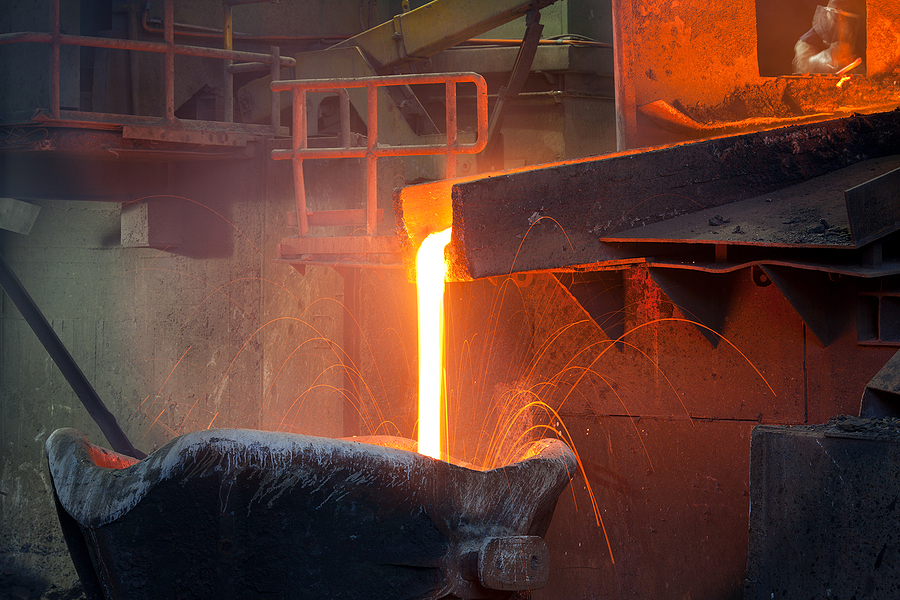
New Report Released
This September, the International Copper Study Group (ICSG), based in Lisbon, released its latest report and showed a 7.5 percent increase in secondary copper production from scrap infeed since the beginning of the year. The findings, however, were light on specifics for recycled copper, but the year-on-year rise indicated progress.
ICSG data suggests a boost in copper production during the first 9 months of 2023 which is greater than global primary refined copper production, which increased by 4.8 percent. This shift has caused an upswing in both the London Metal Exchange (LME) and COMEX prices for copper this year.
On Nov. 17th, COMEX copper futures closed at $3.74 per pound, while the three-month copper rate on the London Metal Exchange also rose. Reuters reported that LME copper prices had climbed to their highest level in close to eight weeks by Nov. 20, attributable largely to Chinese authorities’ assurances of the nation’s property industry and a softer U.S. dollar.
American Smelter Closures
According to the association, China has been a driving force behind an increase in secondary production this year. At the same time, issues such as maintenance requirements and stops at primary refining plants located in America, Sweden, Indonesia, and Finland have kept primary refined copper levels from getting any higher.
For several decades, there were five leading United States-based smelters dedicated to secondary operations. However, each of them eventually closed for a variety of reasons, ranging from financial concerns to environmental issues. The last plant to cease operations was Chemetco located in Illinois, which finalized its closure in 2001. And, because of this shut down, over the past two decades, lower grades of copper scrap previously processed at this location have since been sent overseas.
On a positive note, a few smelter projects in the United States are in process which could shift the balance of secondary copper production and decrease red metal scrap accessible to other countries. Nevertheless, the compiled data from the U.S. Census Bureau, which is collected and processed by the U.S. Geological Survey (USGS), does not display any notable change in scrap flow patterns just yet.
United States Still Stands as Largest Supplier
Although the U.S. economy is currently facing some difficulties, the nation still stands as the principal provider of red metal scrap to China. According to data released by the USGS, a total of 212,000 metric tons of copper-bearing scrap were exported from America to both Mainland China and Hong Kong during the first eight months of this year.
Also this year, the United States has seen a notable surge in international demand for red metal scrap as Malaysia purchased 46,000 metric tons while Thailand acquired 32,000 metric tons. Market insiders have observed that much of this material is then exported to China for further sorting and processing into ingots. And as 2023 progresses, India is also becoming a notable spot for U.S. red metal scrap imports with almost 48,000 metric tons of the material purchased.
Finally, for the 2021 January to August period, U.S. recyclers saw a slight decline in red metal scrap exports with 532,000 metric tons for export as compared with 586,000 during the same period last year. This translates to a drop of 2.7 percent when measured against this year’s total from January to August, amounting to 570,100 metric tons.
